10 Best Things to Do in Selcuk
Nestled just inland from Turkey’s stunning Aegean coast, the small, peaceful town of Selcuk is a treasure trove of history waiting to be discovered. While often overshadowed by the world-famous ancient city of Ephesus on its doorstep, Selcuk is far more than just a gateway town. It is a unique destination where millennia of history, from the Greek and Roman Empires to the Byzantine, Seljuk, and Ottoman periods, are layered into the very fabric of the town.
Selcuk and its surroundings hold some of the world’s most significant archaeological, religious, and cultural sites. From the scant remains of a Wonder of the Ancient World to the believed final resting places of key Christian figures, this town offers a tranquil yet profound travel experience. Here are the 10 best things to do in Selcuk to make your visit truly unforgettable.
Be Awestruck by the Ancient City of Ephesus
The crown jewel of the region, the UNESCO World Heritage site of Ephesus, is an absolute must-see. Once a bustling Greco-Roman metropolis and a major center for trade, culture, and early Christianity, Ephesus was home to a quarter of a million people at its peak. Today, it is one of the best-preserved ancient cities in the Mediterranean, offering a breathtaking glimpse into life 2,000 years ago. Only about 15% of this vast city is believed to have been excavated, leaving much of its history still buried.
When you visit, be sure to explore its most iconic landmarks:
The Library of Celsus: The stunning, two-story facade of this architectural marvel is the centerpiece of Ephesus. Built in 117 AD, it was the third-largest library in the Roman world, once housing over 12,000 scrolls.
The Great Theater: This magnificent structure is one of the most impressive in Ephesus. With a seating capacity of 25,000, its acoustics are so remarkable that it is still used for concerts and special events today.
The Terrace Houses: Known as the “houses of the rich,” these villas offer a fascinating look into the lives of Ephesus’s elite families. Protected under a modern roof, the ongoing preservation work reveals intricate mosaics and beautiful frescoes. Note that there is an additional entrance fee to access this section.
Curetes Street: Walk along this main marble thoroughfare, imagining the Roman processions that once passed through. Along the way, you’ll find other key ruins like the Temple of Hadrian, the Gate of Hercules, and the smaller Odeon Theater.
Visit the Legendary Temple of Artemis
Just a short distance from the Selcuk town center lies the site of one of the Seven Wonders of the Ancient World: the Temple of Artemis. Dedicated to the Greek goddess of fertility, this colossal temple was first built in the 6th century BCE and was constructed entirely of marble, boasting an incredible 127 columns.
Although it was destroyed and rebuilt over the centuries, its stones were eventually repurposed for other grand structures, including the Hagia Sophia in Istanbul. Today, all that remains is a single, lonely column standing in a marshy field, topped by a stork’s nest. While little is left, standing on the ground of this legendary wonder is a powerful experience, and a visit is free of charge.
Discover Treasures at the Ephesus Archaeological Museum
After exploring the ruins, head to the excellent Ephesus Archaeological Museum right in the heart of Selcuk. This museum houses the finest artifacts excavated from Ephesus and the surrounding areas, containing approximately 50,000 to 64,000 pieces.
The museum’s most famous exhibits are the two exquisitely carved statues of the goddess Artemis, famous for their multi-breasted depiction symbolizing fertility. You can also admire intricate ivory friezes from the Terrace Houses, stunning sculptures from Roman fountains, and countless other artifacts that bring the history of Ephesus to life.
Climb to the Basilica of St. John
Perched on Ayasuluk Hill, the ruins of the Basilica of St. John are a testament to the region’s importance in early Christianity. It is believed that John the Apostle—one of Jesus’s most beloved disciples—spent his final years in Ephesus and was buried here.
In the 6th century, the Byzantine Emperor Justinian constructed a massive, six-domed basilica over the tomb, a church so grand it rivaled the Hagia Sophia in Constantinople. Although an earthquake later destroyed it, the remaining foundations and partially restored sections give you a powerful sense of the basilica’s original, enormous scale.
Soak in the Views from Ayasuluk Castle
Towering over Selcuk from the top of Ayasuluk Hill is the formidable Ayasuluk Castle, also known as the Selcuk Fortress. The site has been settled since the Bronze Age, but the current fortifications were constructed during the Byzantine era and later expanded by the Seljuks.
While the interior contains only a handful of architectural remnants, including a small ruined mosque and several cisterns, the main reason to make the climb is for the breathtaking panoramic views. From the castle walls, you can gaze out over the entire town, the Basilica of St. John, the Isa Bey Mosque, and the sprawling plains stretching towards Ephesus. The entrance fee is included with the ticket to the Basilica of St. John.
Make a Pilgrimage to the House of the Virgin Mary
A few kilometers from Ephesus, nestled on a peaceful hilltop, is the House of the Virgin Mary, a major Christian pilgrimage site. Tradition holds that after the crucifixion, St. John brought Mary to Ephesus, and she may have spent her last days in this small stone house.
The site has been visited by several Popes and holds a deeply serene and spiritual atmosphere. Outside the chapel, you will find a “wishing wall” where visitors tie pieces of cloth or paper with their prayers, and a spring with three fountains providing water said to be holy and to bring health, wealth, and fertility.
Admire the Unique Isa Bey Mosque
Located at the foot of Ayasuluk Hill, the Isa Bey Mosque is a stunning example of 14th-century Seljuk architecture. Built between 1374 and 1375, it is unique among Turkish mosques because it was intentionally constructed with an asymmetrical design—its windows, doors, and domes do not align in a typical fashion.
The architect repurposed materials from nearby ancient ruins, including black granite columns from Roman baths, giving the mosque a distinct character. Its richly decorated main entrance and peaceful courtyard make it a worthwhile stop. The mosque is free to enter, but remember to dress modestly, with shoulders and knees covered; headscarves should be worn by female visitors.
Escape to the Charming Şirince Village
Just 8 kilometers from Selcuk lies the picturesque village of Şirince. Often called the “Tuscany of Turkey,” this former Greek village is a delightful maze of cobblestone alleys, red-roofed stone houses, and artisan shops. Known for its viticulture, Şirince is famous for its local fruit wines and olive oil.
Wander the narrow, shaded streets—which are prohibited to cars—and browse the local markets. For a unique experience, find a cafe that prepares Turkish coffee on hot sand, a traditional method that produces a strong, thick brew. A day trip to Şirince offers a perfect, relaxing contrast to the ancient ruins of Selcuk.
Uncover the Legend of the Grotto of the Seven Sleepers
Near Ephesus, you can find a cave system attached to a fascinating legend shared in both Christian and Islamic traditions. The story tells of seven young Christian men who, in 250 AD, fled religious persecution by hiding in this cave. The emperor had the cave sealed, but the men miraculously awoke 200 to 300 years later to find the Roman Empire had become Christian.
While there is not much to see inside the cave itself besides some tombs, the story alone makes it an interesting stop. Just outside the entrance, you can often find local women cooking traditional gözleme (savory Turkish flatbreads), making for a perfect lunch after a morning of exploring.
Relax on the Sands of Pamucak Beach
After days of immersing yourself in history, unwind at Pamucak Beach, a magnificent 11-kilometer stretch of golden sand located just a short drive from Selcuk. As one of the longest beaches in Turkey, it offers plenty of space to relax, sunbathe, and swim in the Aegean Sea.
The beach is a great escape from the heat and crowds of the archaeological sites, especially during the summer. While some tourist facilities are available, much of the beach remains undeveloped, and services like lifeguards can be minimal, so take care when swimming. Minibuses run regularly from Selcuk, making it an easy and refreshing day trip.
FAQs
1. How do I get to Selçuk?
You can reach Selçuk through various transportation methods, with most routes connecting through the regional capital of Izmir.
By Air: The most common way is to fly into Izmir Adnan Menderes Airport (ADB), which is about 61 km away. From Izmir, you can take a one-hour train or taxi ride to Selçuk. Budget airlines fly to Izmir from cities like Istanbul.
By Bus: Buses are an efficient and cheap way to travel in Turkey. Overnight buses run from major cities like Istanbul and Cappadocia. The journey from Istanbul takes about 9 to 11 hours. If you can’t get a direct bus, you can connect in Izmir or Aydin and then take another bus or a dolmuş (minivan) to Selçuk.
By Train: Selçuk has its own train station that connects to Izmir and Denizli (a hub for reaching Pamukkale).
By Car: Renting a car is another option, especially if you are traveling in a group. The drive from Istanbul takes approximately 5 to 6 hours.
2. How many days should I spend in Selçuk?
While many tourists on cruise ship tours only spend a few hours in the area, the sources suggest that at least two full days are recommended to fully appreciate Selçuk and its surroundings.
A two-day itinerary allows you to dedicate one day to exploring the vast archaeological site of Ephesus and then use the second day to see the other major attractions within and around Selçuk itself, such as the Basilica of St. John, Ayasuluk Castle, the Ephesus Museum, and the Temple of Artemis. If you have more time, you can add day trips to nearby destinations like the village of Şirince or the thermal pools of Pamukkale.
3. What is the best time of year to visit?
The best times to visit Selçuk and Ephesus are during the shoulder seasons of spring (April to June) and autumn (September to November). During these months, the weather is mild and pleasant for exploring the outdoor ruins, and the tourist crowds are smaller than in the summer.
Summer (July and August) is the peak tourist season but can be extremely hot, with temperatures reaching up to 40°C (104°F), and the sites can be very crowded. Winter (December to February) is the off-season, offering a quieter experience with fewer crowds, though temperatures are cooler. If you visit between March and July, you may also see the famous storks nesting on top of the town’s aqueducts and other structures.
4. How much does it cost to visit Ephesus and are there other fees?
The entrance fee for the Ephesus archaeological site varies across the sources, likely due to price changes over time. It is best to check the official website for the most current pricing.
- The sources list the main entrance fee for Ephesus as 100 TRY, 200 TL, or 40 Euros (for 2025).
- There is a separate, additional entrance fee to access the Terrace Houses (also called the Hillside Houses), which were the villas of the city’s wealthy residents. The sources list this extra fee as 45 TRY or 85 TL.
- You can buy a base ticket for the main site and then upgrade inside if you decide you want to see additional areas like the Terrace Houses or the Ephesus Experience Museum.
5. What are the must-see sights in the area besides the main Ephesus ruins?
While the ancient city of Ephesus is the main attraction, Selçuk is rich with other significant historical and cultural sites that you should not miss:
- Ephesus Archaeological Museum: Located in the center of Selçuk, this museum houses the most important artifacts excavated from Ephesus, including two famous, intricately carved statues of the goddess Artemis.
- The Basilica of St. John: These impressive ruins are located on Ayasuluk Hill and are believed to be built over the burial site of John the Apostle. The 6th-century church was one of the largest in the Byzantine Empire.
- The Temple of Artemis: Once one of the Seven Wonders of the Ancient World, today only a single column remains of this magnificent marble temple. Visiting the site is free.
- Ayasuluk Castle: Also known as Selçuk Fortress, this Byzantine and Seljuk-era castle sits atop Ayasuluk Hill, offering commanding panoramic views of the town and surrounding landscape.
- The House of the Virgin Mary: Located on a nearby hilltop, this small stone house is a major Christian pilgrimage site believed to be the place where Mary spent her final days.

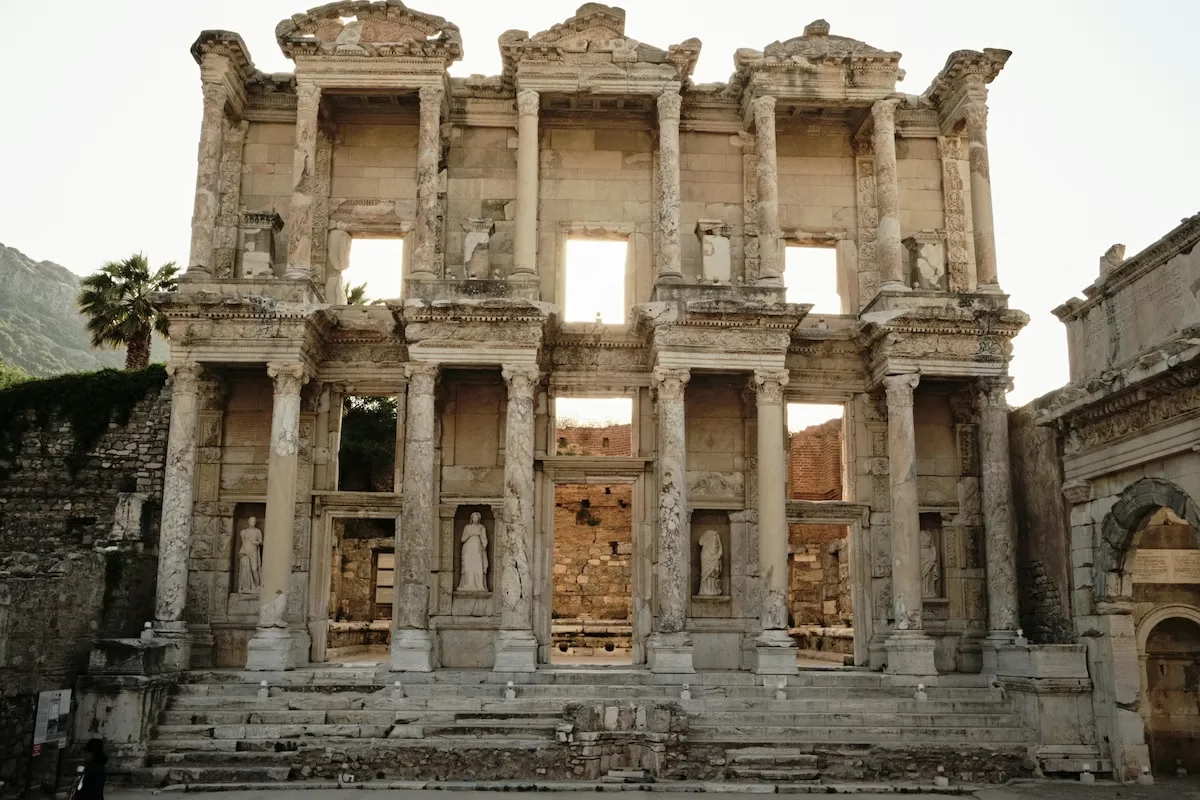

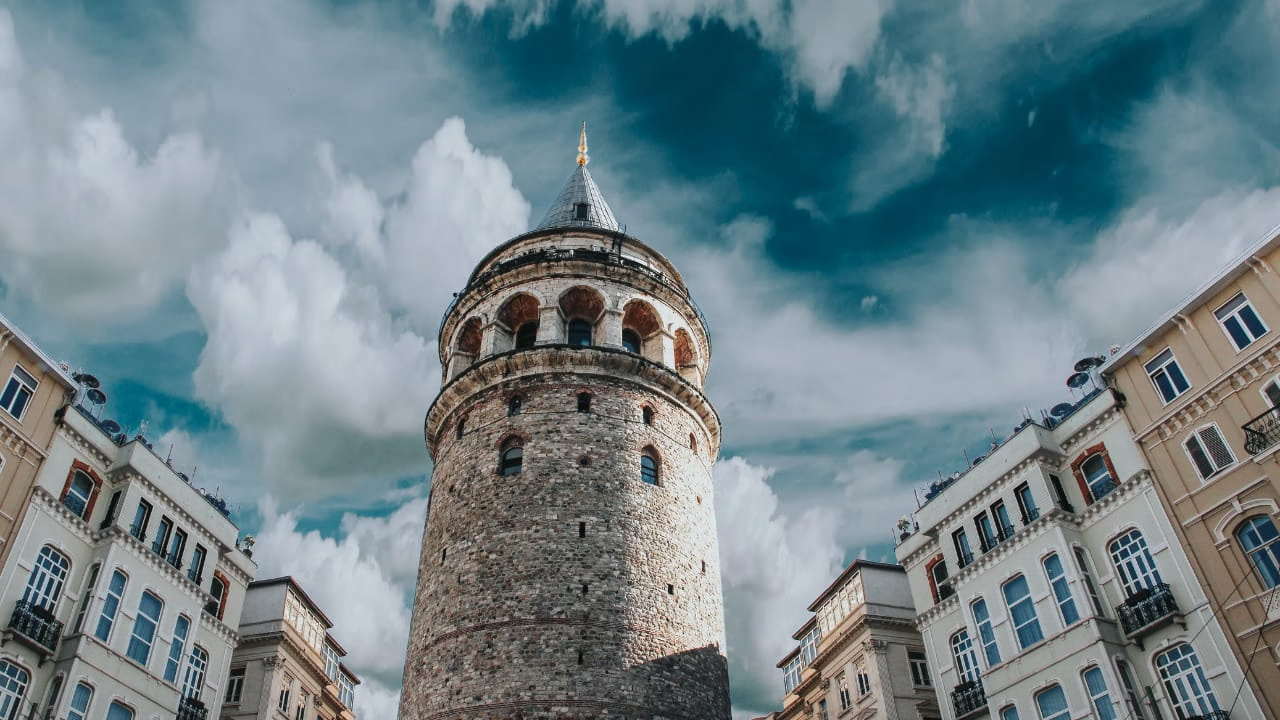
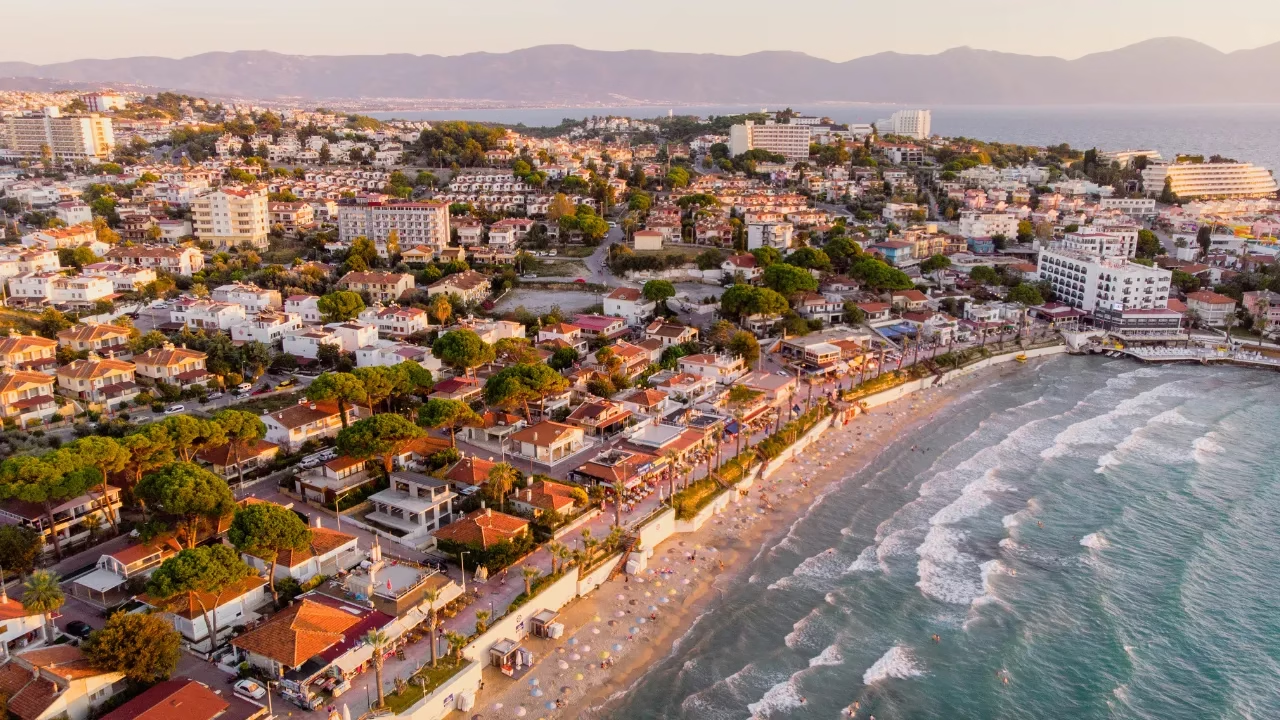

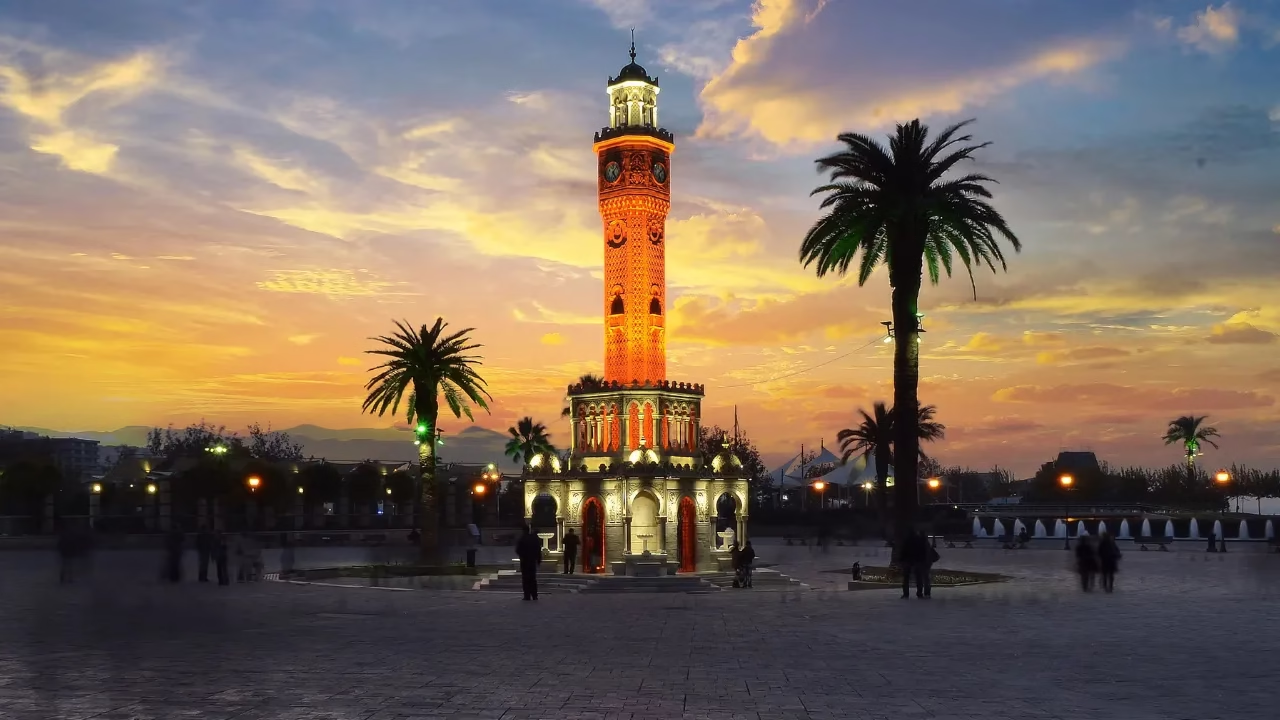
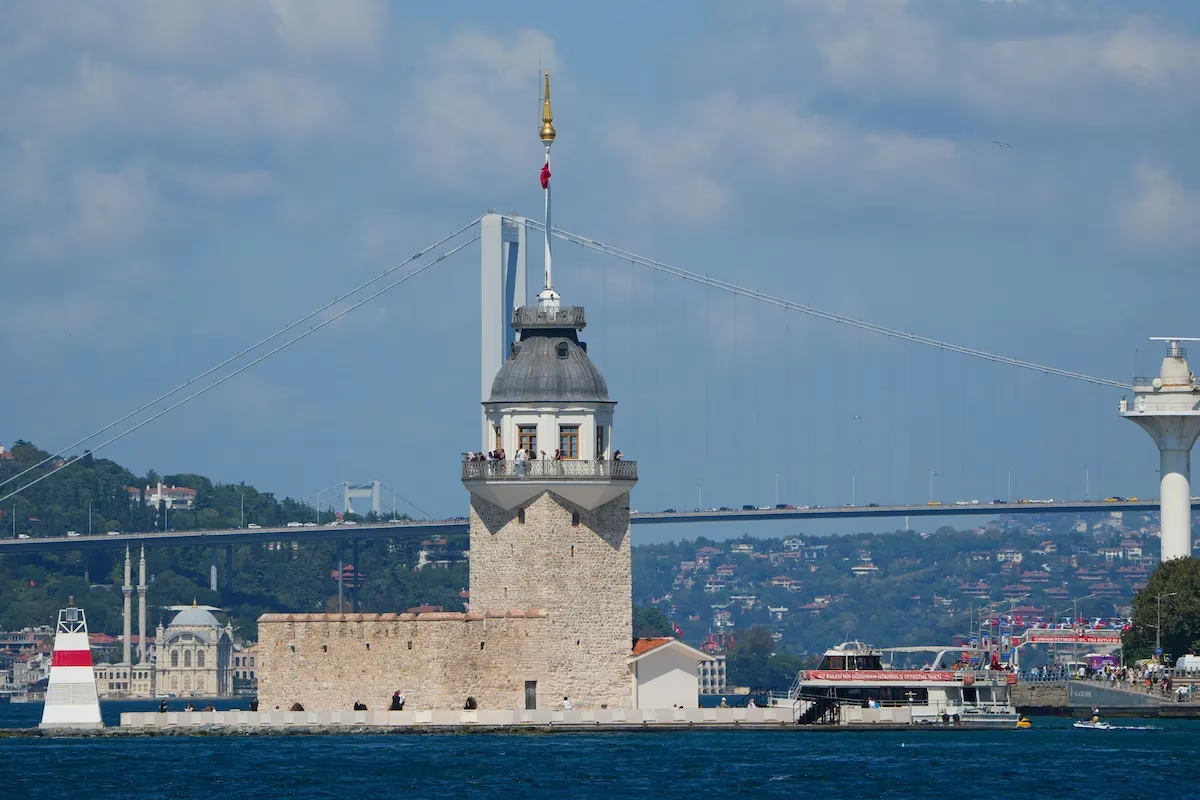



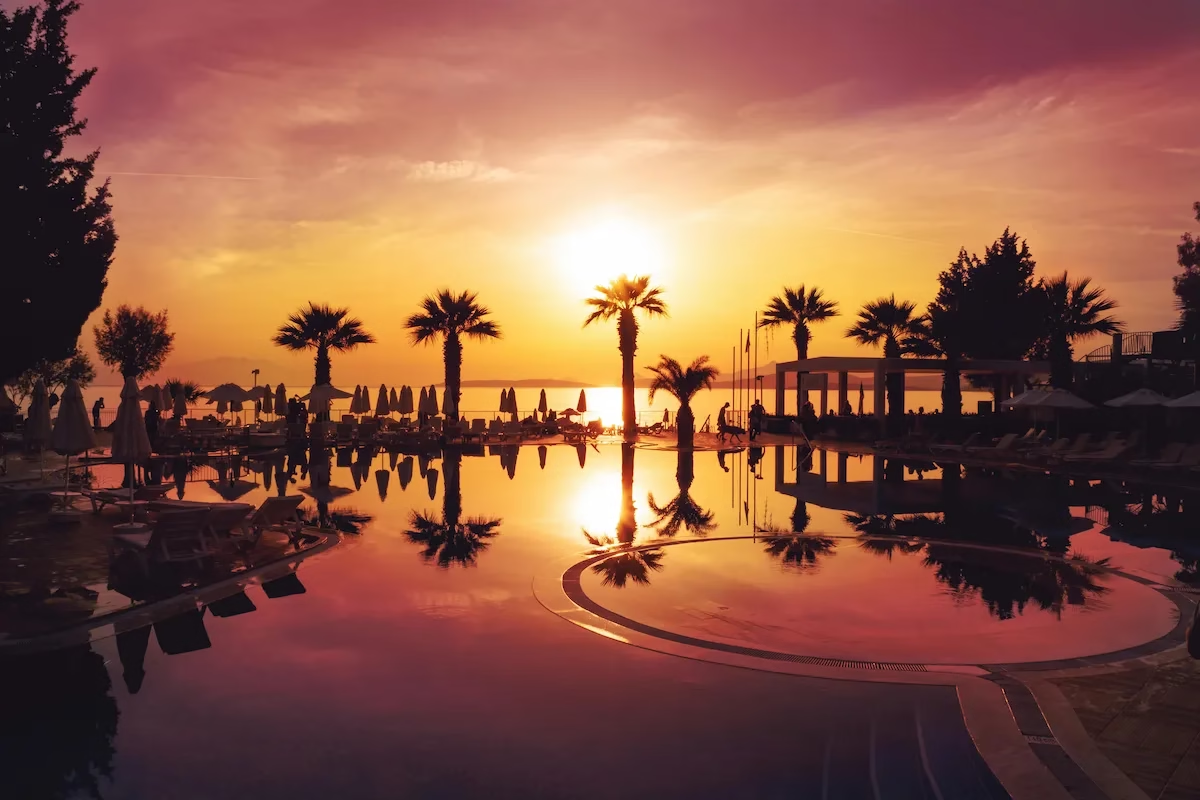
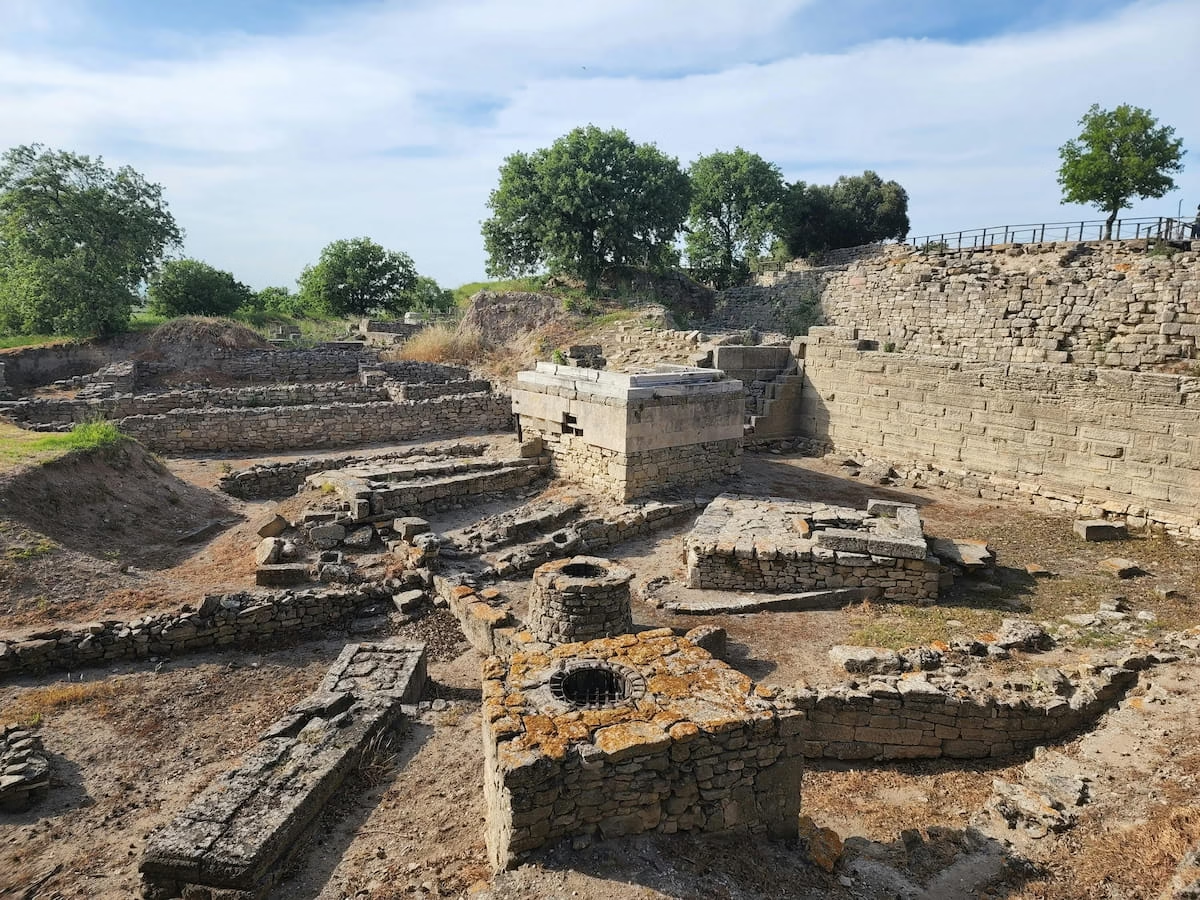
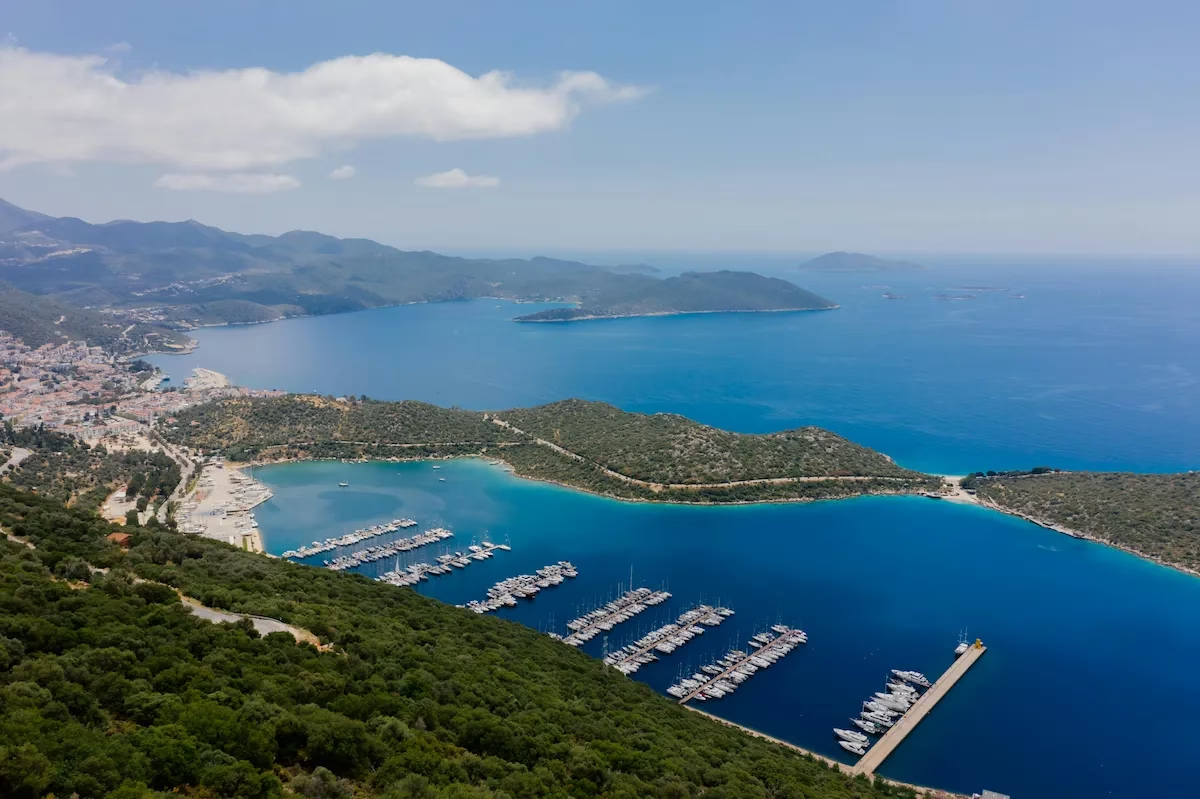
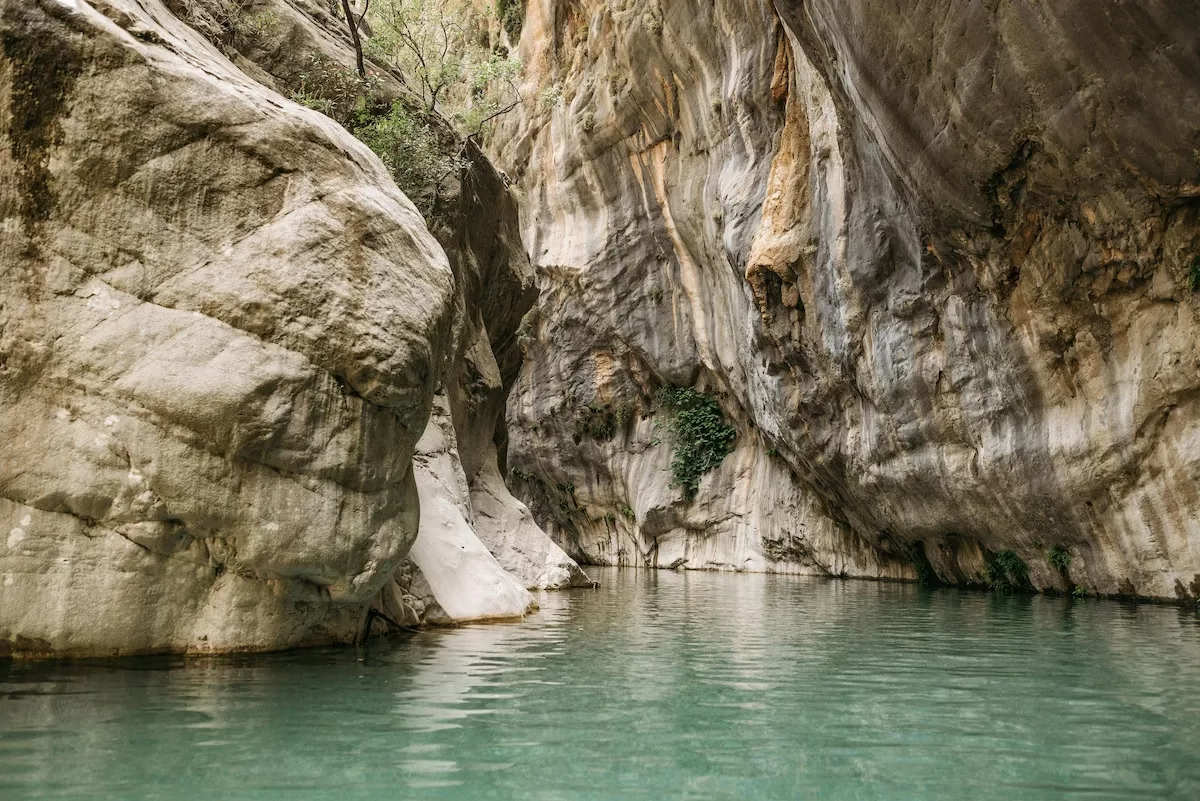
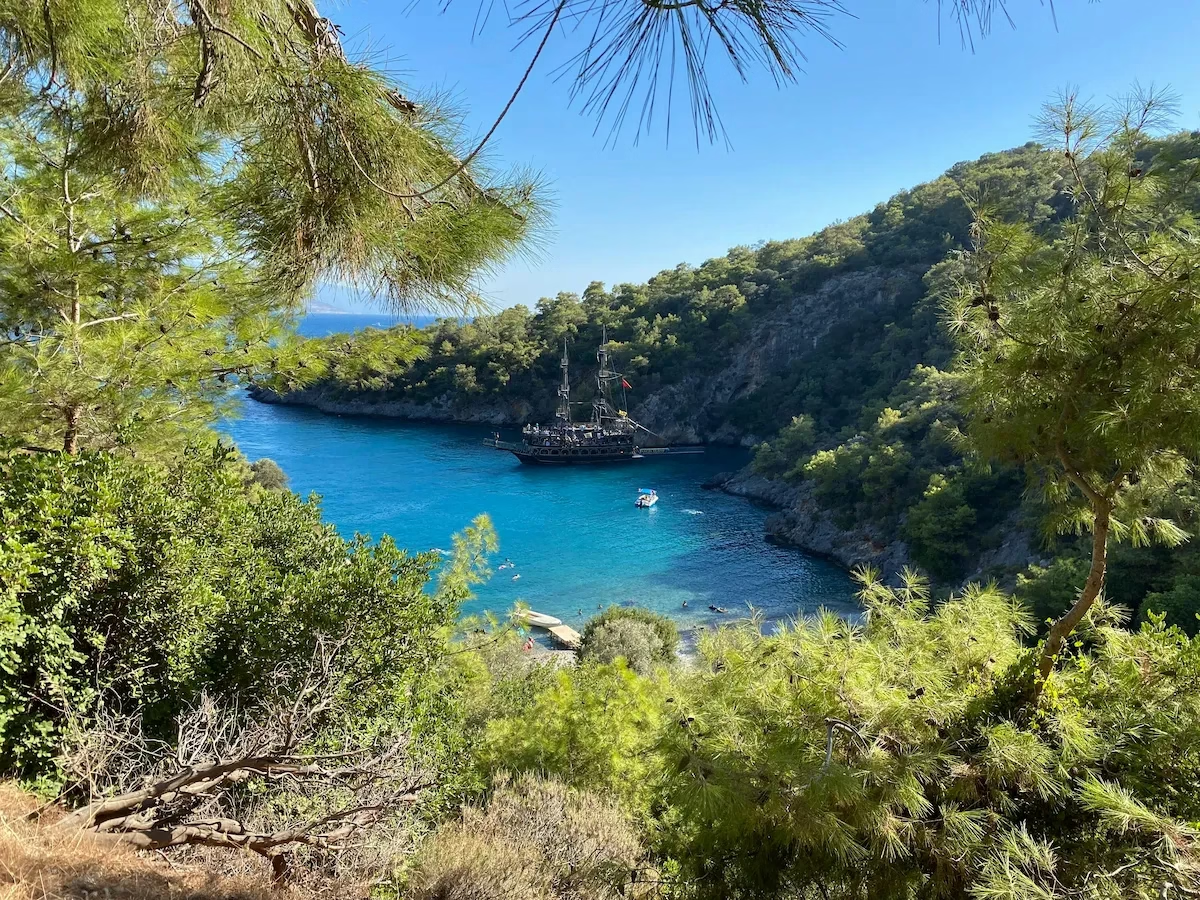
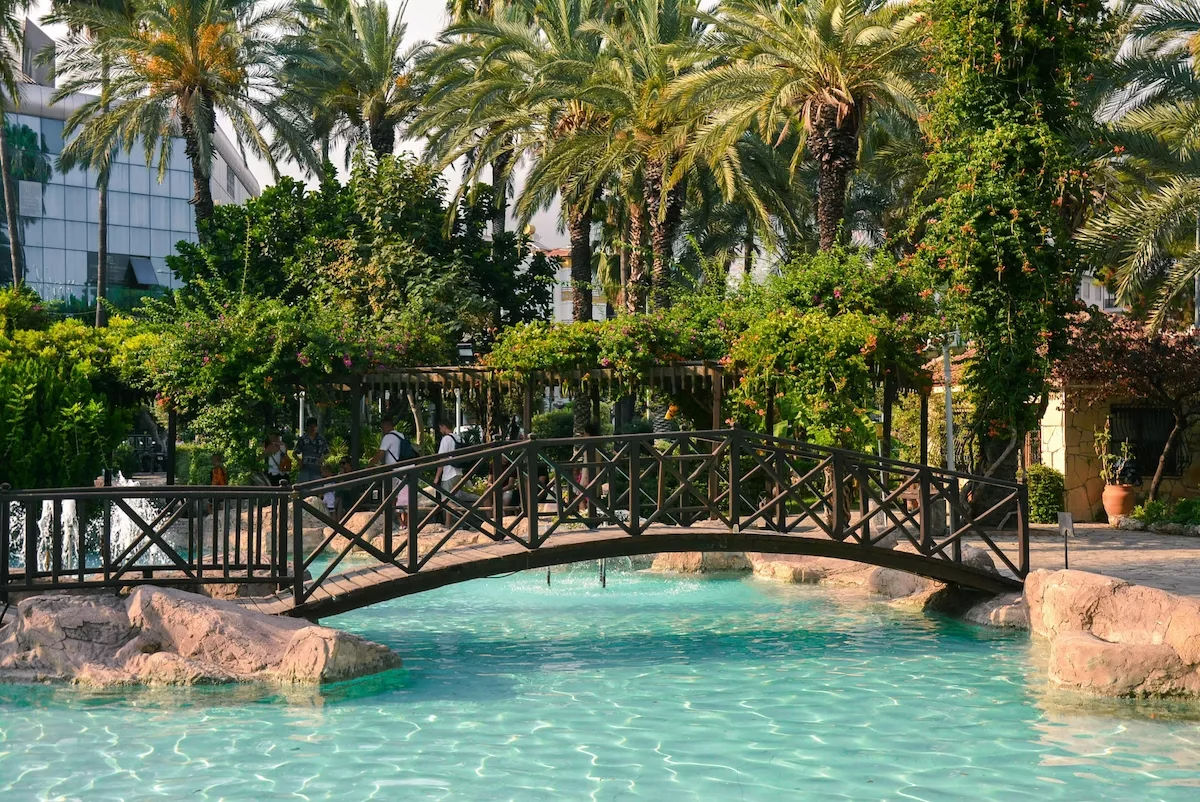
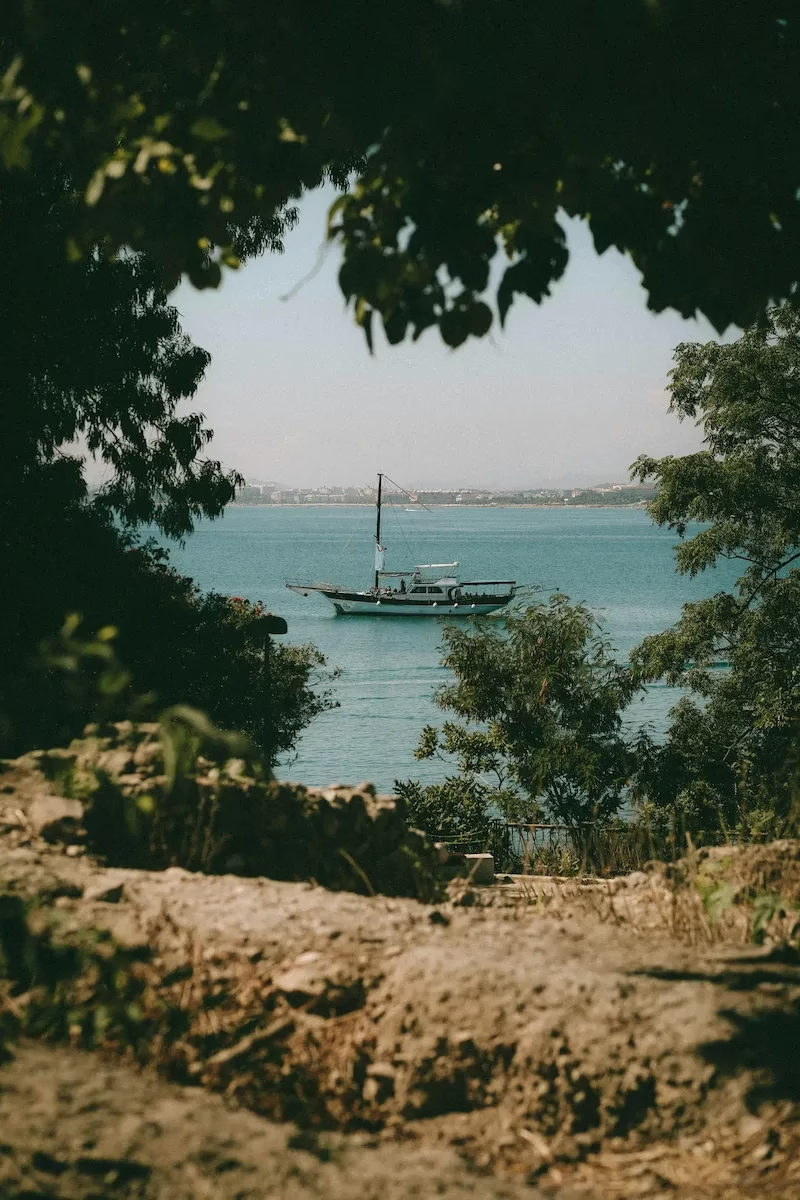
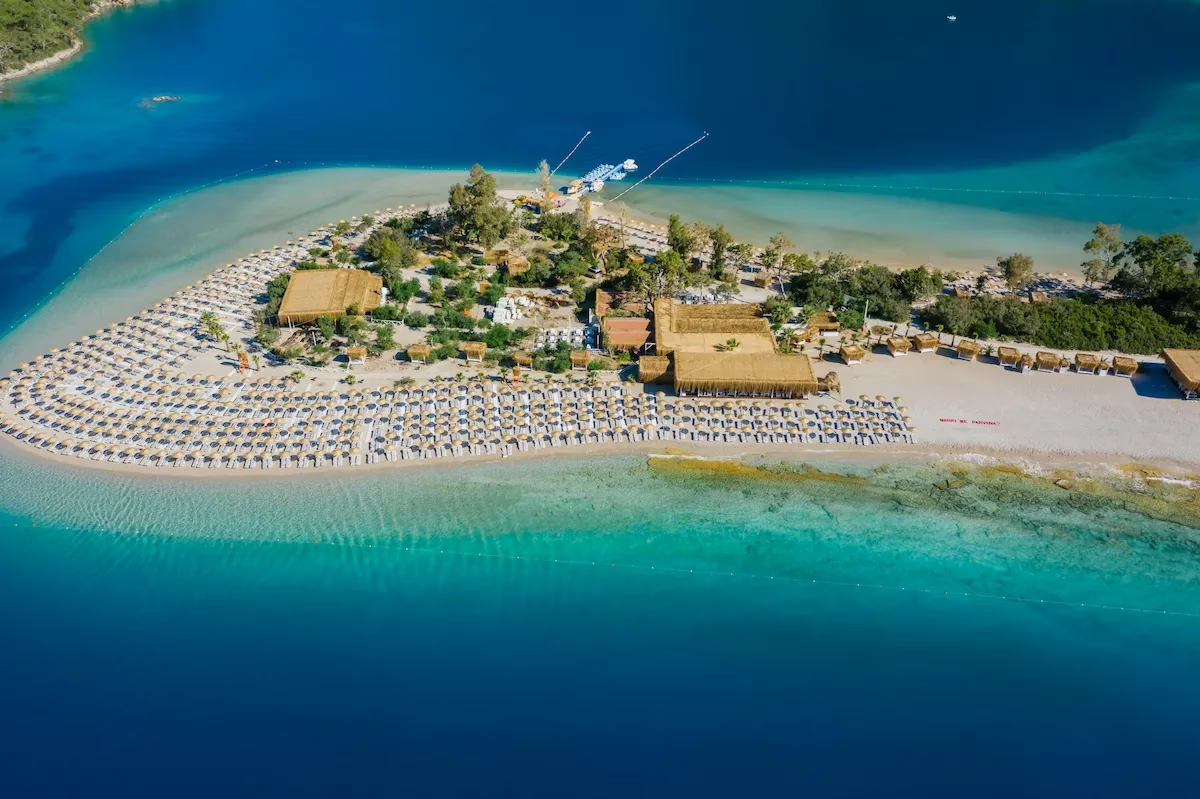
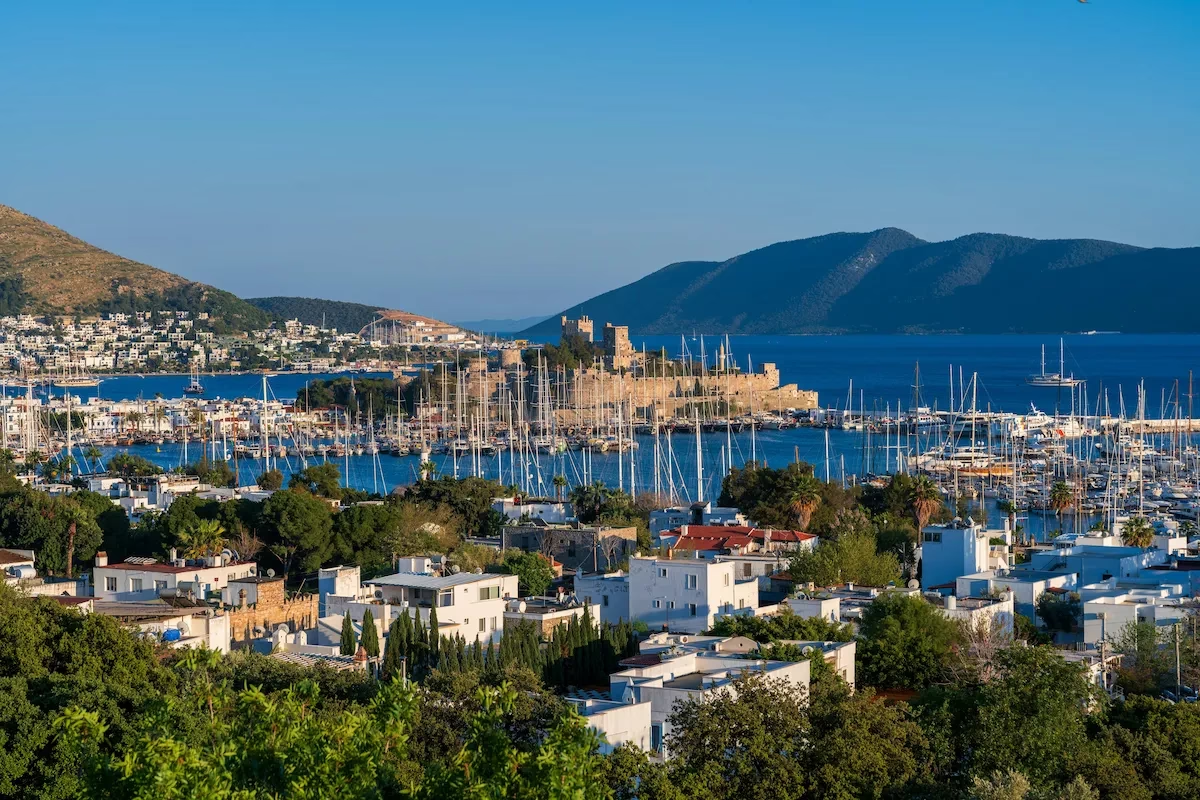
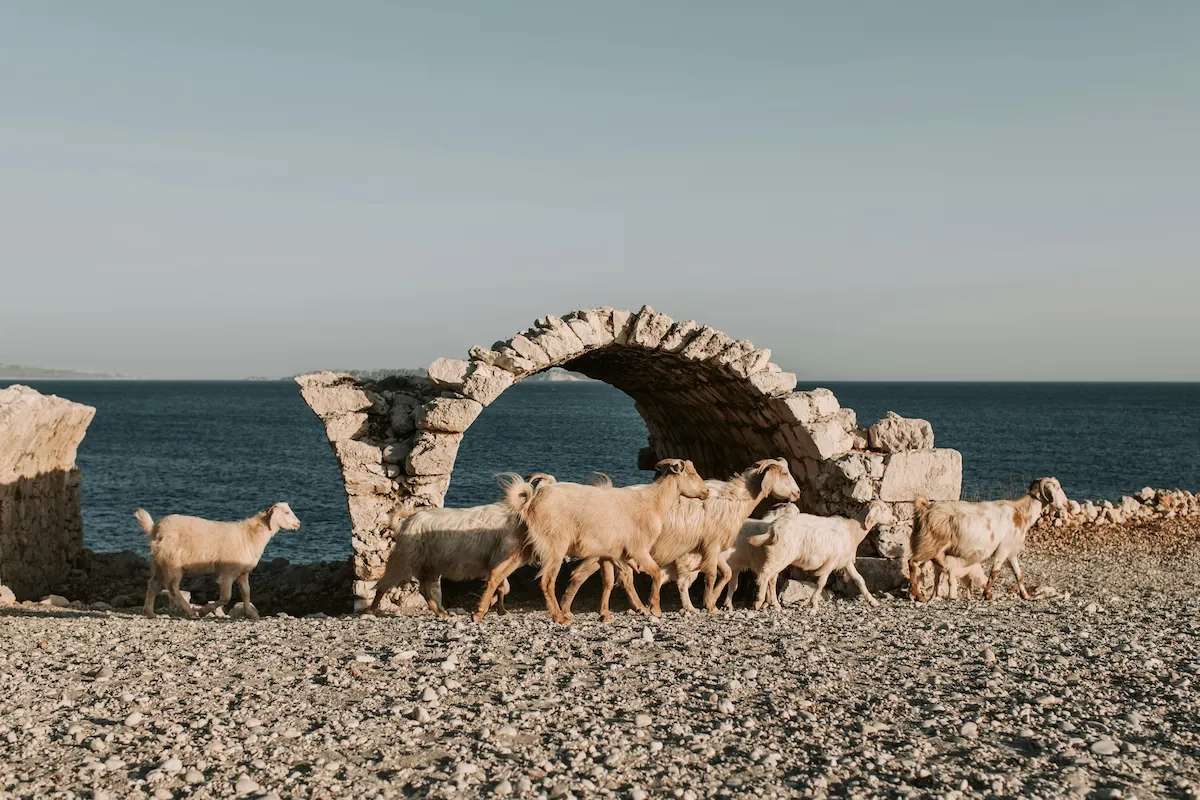

Pingback: 10 Best Things to Do in Canakkale in 2025
I¦ll right away clutch your rss feed as I can not in finding your email subscription link or e-newsletter service. Do you have any? Please allow me understand in order that I may subscribe. Thanks.